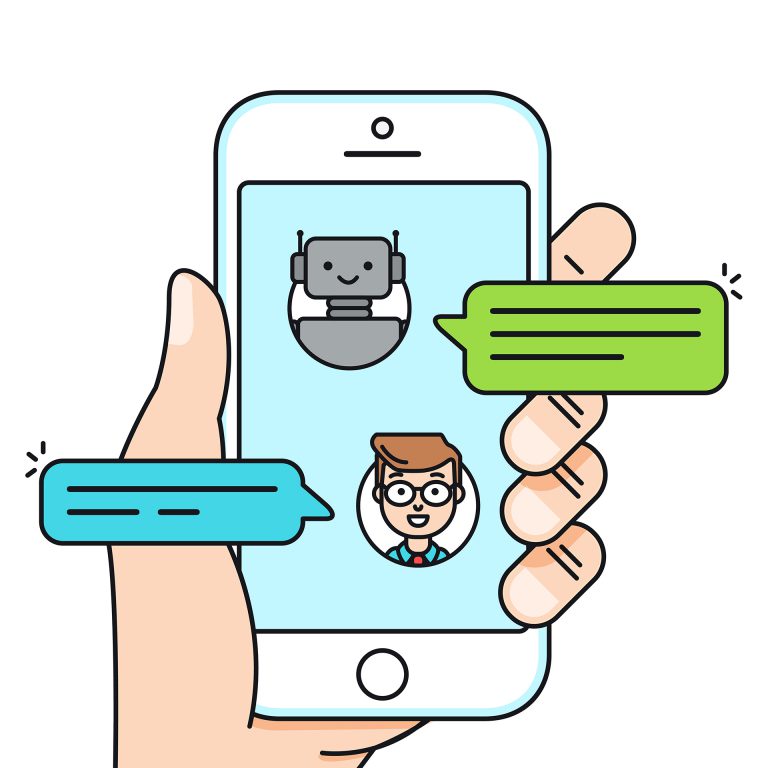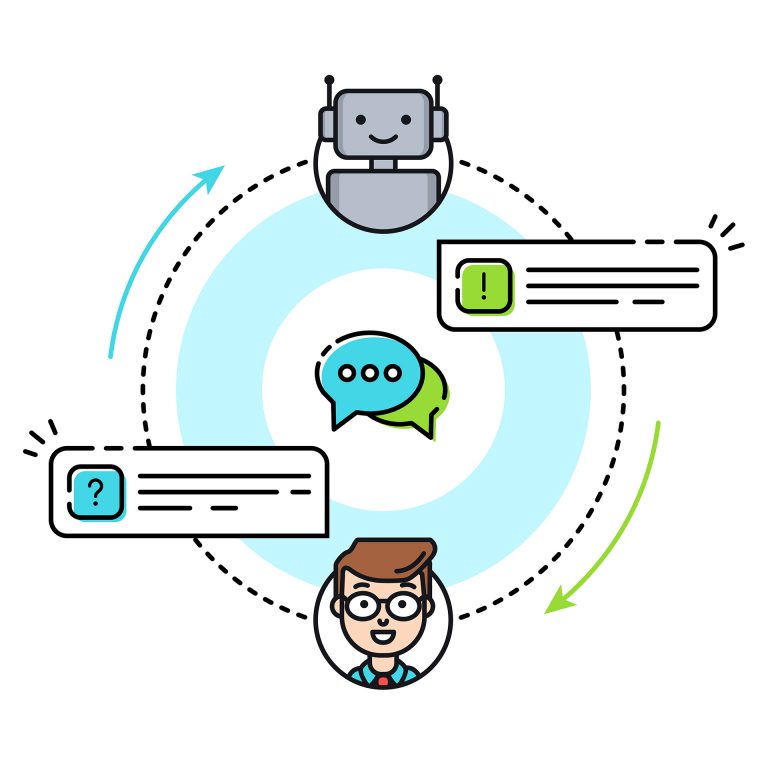
08 Aug What is NLP (Natural language Processing)?
NLP, or natural language processing, is often involved in industry use of chat-bots. Furthermore, we’ve all had experiences with chat-bots that auto-regulates our daily processes, but the potential for these chat-bots to exceed their current functions are still in rapid development.
Understanding Natural language Processing
NLP enables conversational experiences with users in the form of chat-bots and virtual assistants. This experience can be through the mediums of messaging platforms, SMS, pop-up chats, or anything that utilizes smart responses.
The conversational platform’s API is often outfitted with the proper tools to bring about a desired speech. The ultimate goal of most conversational platform is to achieve advanced and natural speech patterns that are indistinguishable from a human’s.
NLP Examples
- General chat-bots: Chat-bots are broadly used by many entities for various purposes. Wide ranging audiences will use chat-bots to answer queries, book services, order assets, or anything of the sort.
- Virtual customer assistants: These automated voice assistants are commonly used to evaluate user intent to prompt successful human-to-human interactions after enough valid information was acquired.
- Virtual enterprise assistants: Primarily used by employees to efficiently log, track, and navigate around enterprise systems.
- Virtual personal assistants: Commonly acts as automated reminders, knowledge provider, or general assistant to users in for their personal lives.

Natural Language Processing Toolkit
According to a survey conducted by Gartner, only 4% of businesses have deployed conversational interfaces but a much larger percentage are planning to deploy in the future (38%). NLP technology is still an expanding area but the value in its applications are rapidly explored by corporations with a need for automated work processes.
Organizations are investing in the NLP market to seek improvement and innovation in self-service and use-case capabilities. Organizations using advanced NLP algorithms draw value from the functionality of analytics, scalability, and orchestration – enabling continued success of automated services and work force scaling.
Natural Language Processing with Python, Java, etc
NLP itself is a sort of language that could be learned. As with any dialects, the language learner must understand the basic building blocks of NLP. A good foundation is to understand how to identify and separate words, build fake news classifier, utilize basic libraries (NLTK), incorporate deep learning and machine learning, and how to extract specified topics from a block of text.
Effective processing of text is essential to building an advanced NLP model. Word tokenization and regular expressions are vital concepts to grasp for beginners. Learning all these fundamental skills should propel an interested programmer into advanced NLP in no time!

